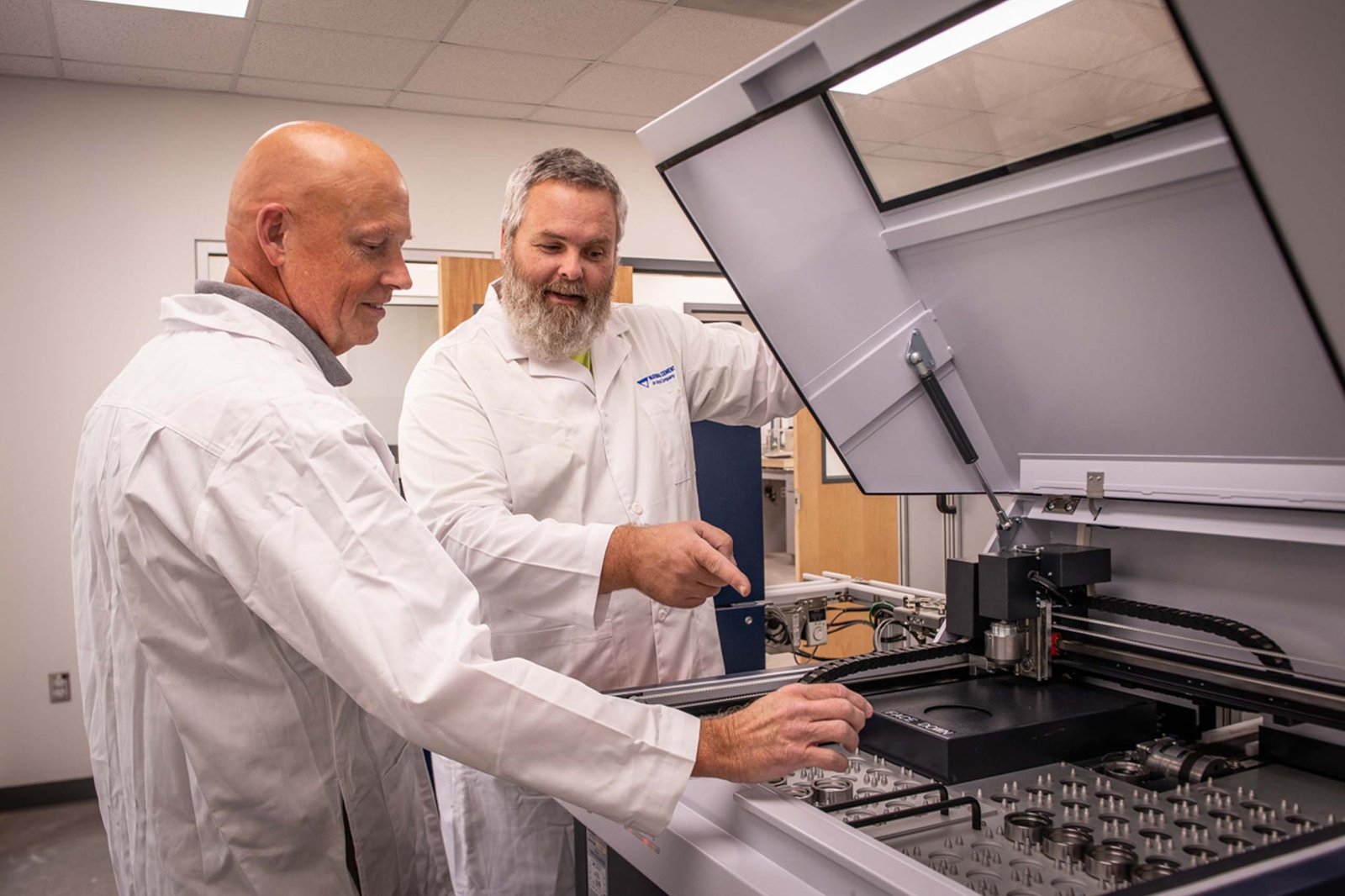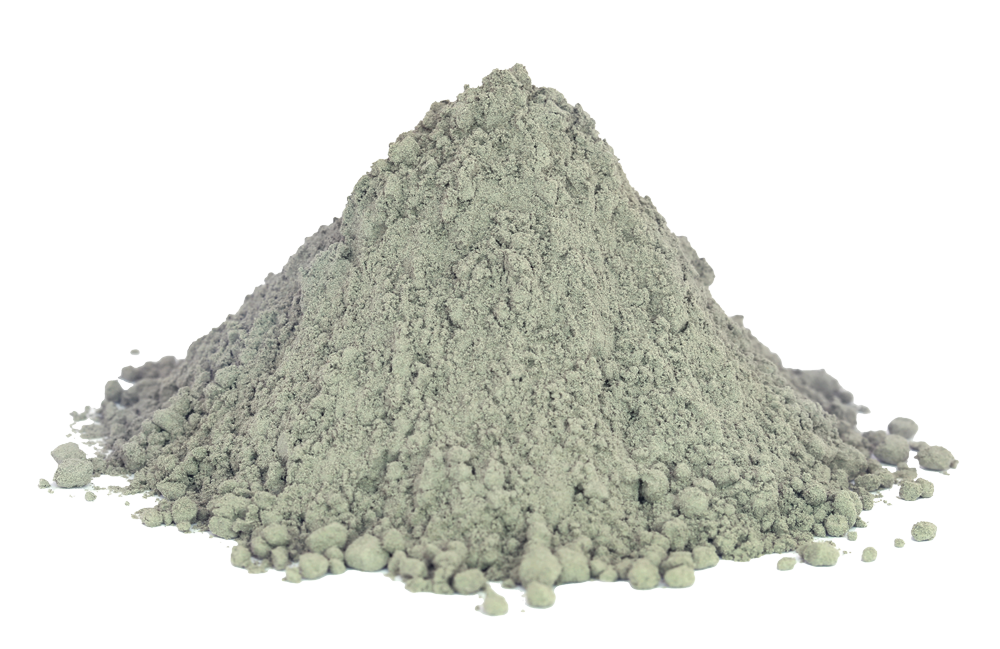
Smooth Type 1L Portland-Limestone Cement Rollout in the Southeast

Along with the use of alternative fuels and a more efficient kiln operation, the move to 100 percent Type 1L is a key part of National Cement of Alabama’s effort to reduce its carbon footprint and the carbon footprint of its product.
“Today we are producing 100 percent Type 1L,” says Thibault Dumortier, chief operating officer of National Cement Southeast. “The transition was done within two months. The Type 1L we’re producing today is consistent and has, I would say, better, or at least the same, performance as the Type 1 that we produced earlier,” he adds.
“This is the future of the cement industry and one of the ways we are lowering our carbon footprint,” says Jerome Fremiot, plant manager of National Cement's updated Ragland, AL production facility.
”It was a team performance, from the laboratory, the production team, the commercial side. The logistics side also. Everyone was really motivated. And the market has accepted it.”'
Terry Brasher, president of ConcreteSouth, echoes the comments on market acceptance. “It’s a great product, and we haven’t seen any negative results from going to the 1L. I would also say the new cement and mill gives us a tremendous advantage. We have the only new cement mill in the Southeast. A lot of the other cement plants are old and not as reliable. So to me, having consistency in supply and quality is a definite advantage.”
There was some fear of change going in, but it’s been a good thing for us,” says Mark Rongey, general manager of Walker Concrete. “A lot of the projects we do [in the Atlanta market] are commercial projects going for LEED certification. (Leadership in Energy and Environmental Design is the world’s most widely used green building rating system.) “So it’s been good for that. It hasn’t been the big transition we thought it would be.”
Learn More
"Modifying a concrete mix design to replace higher carbon materials with lower carbon ingredients is an effective strategy to reduce a project's environmental footprint," notes the Portland Cement Association, which has a special website dedicated to the industry's shift to Type 1L cement. You can learn more at GreenerCement.org.
